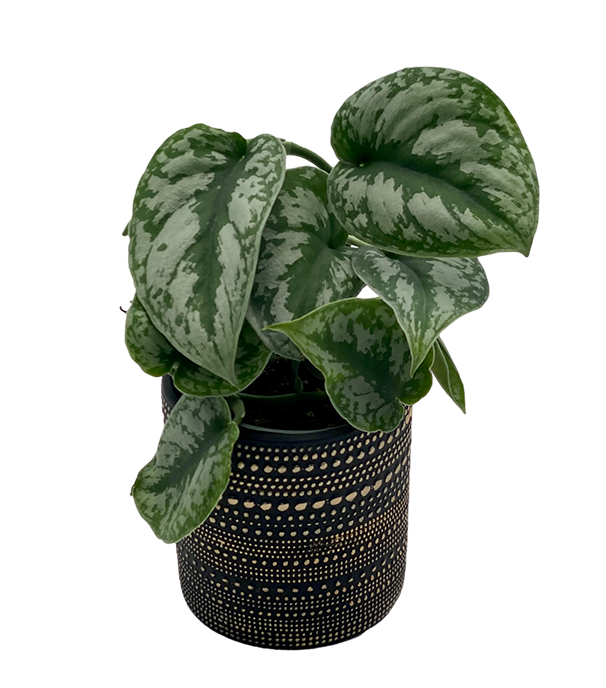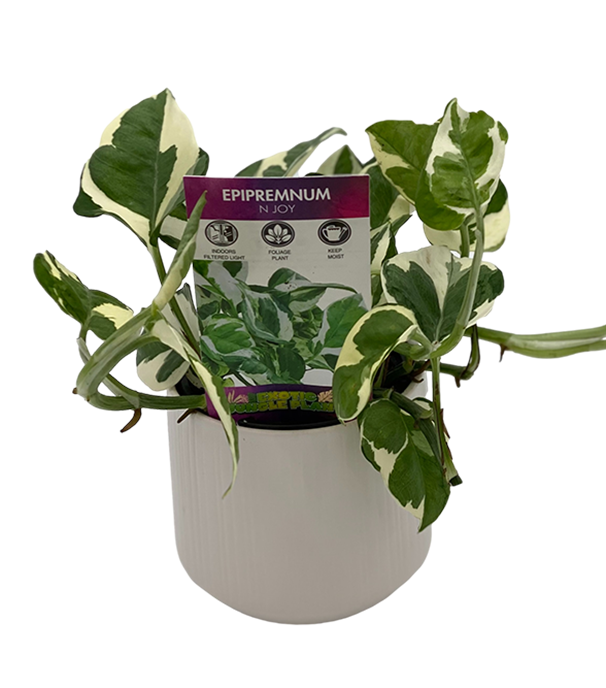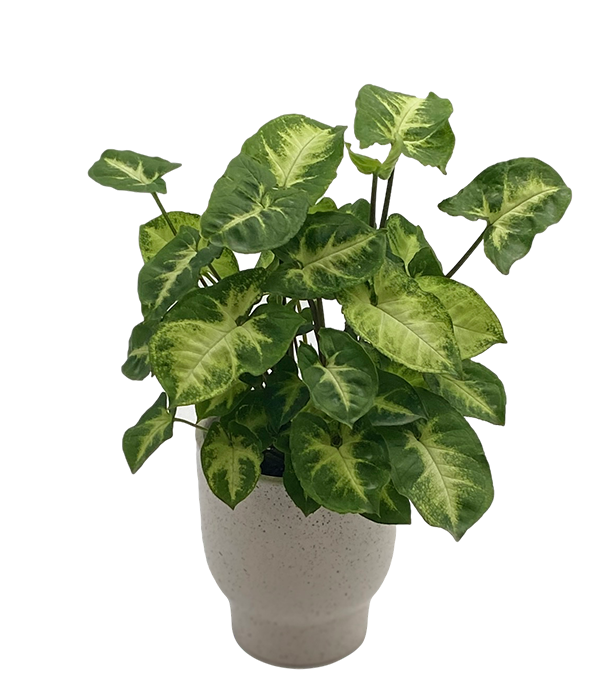Platycerium
Range
Placement
Plant Care
Gallery



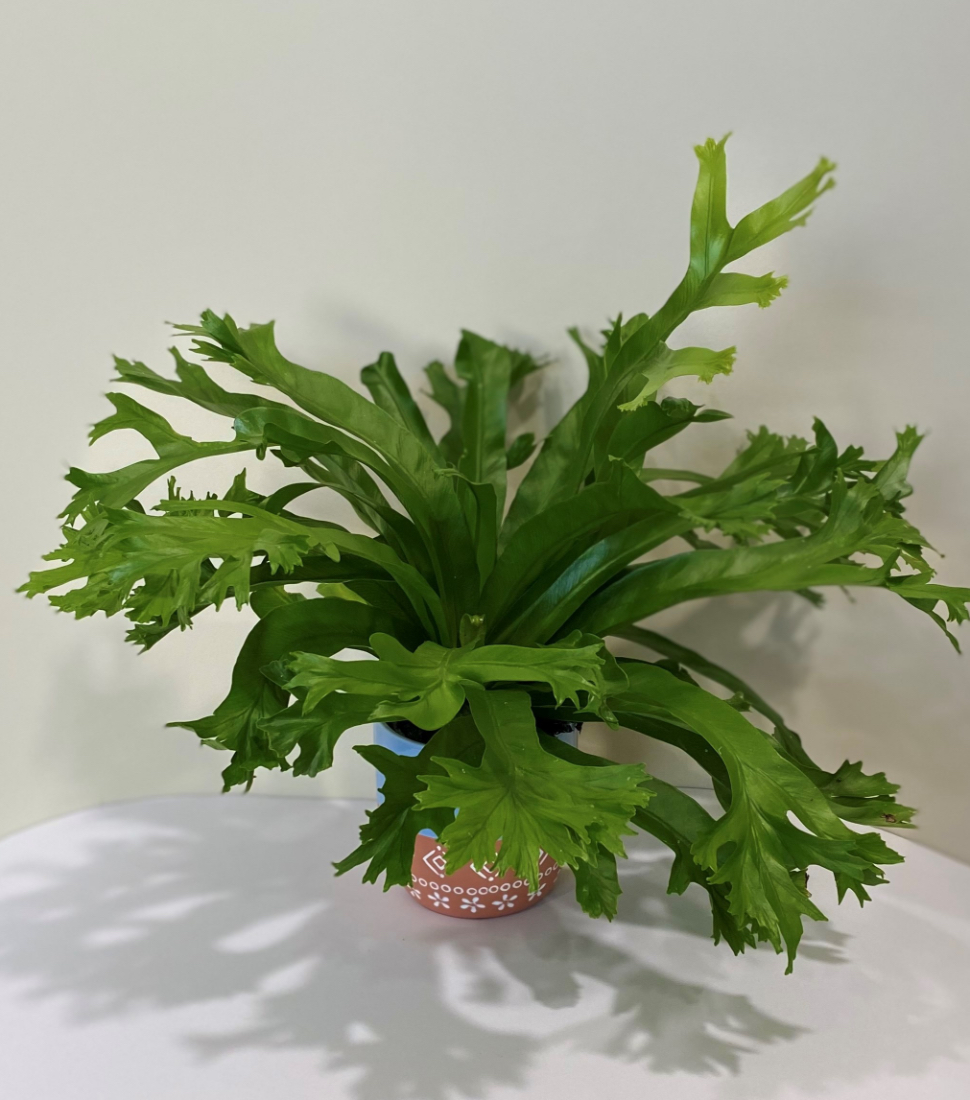
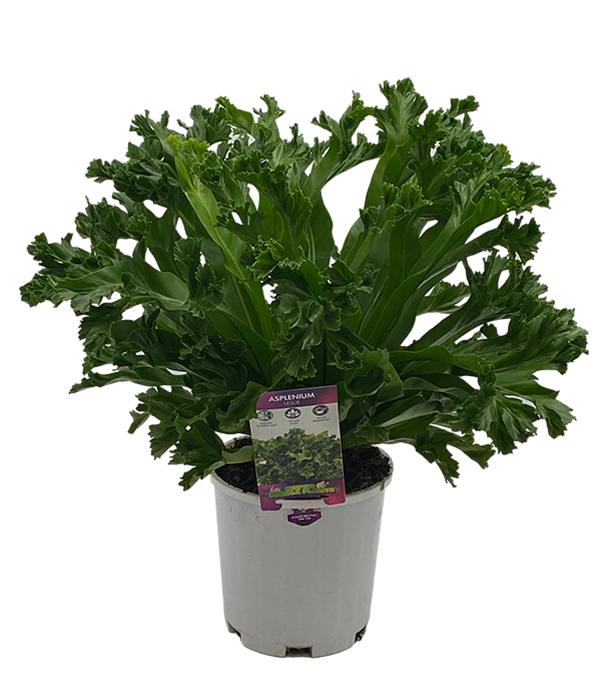
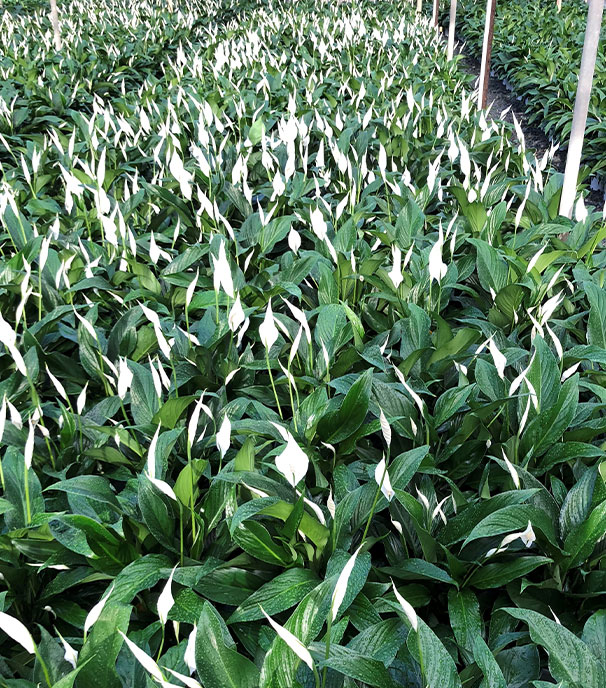
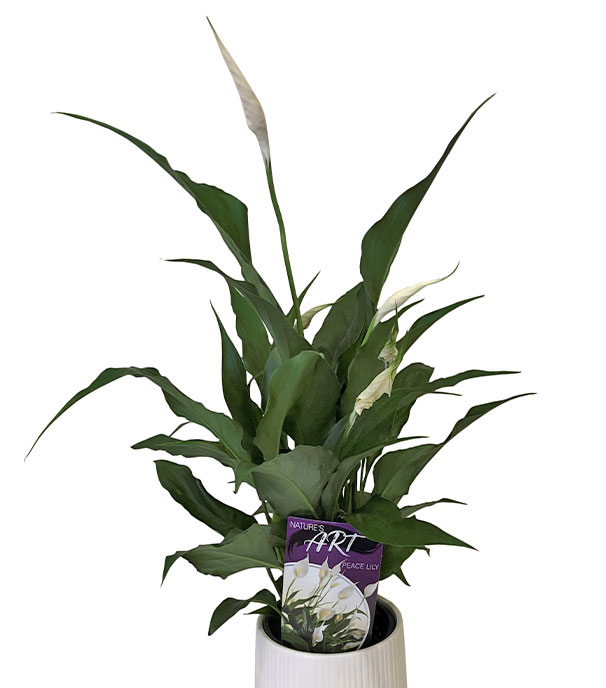
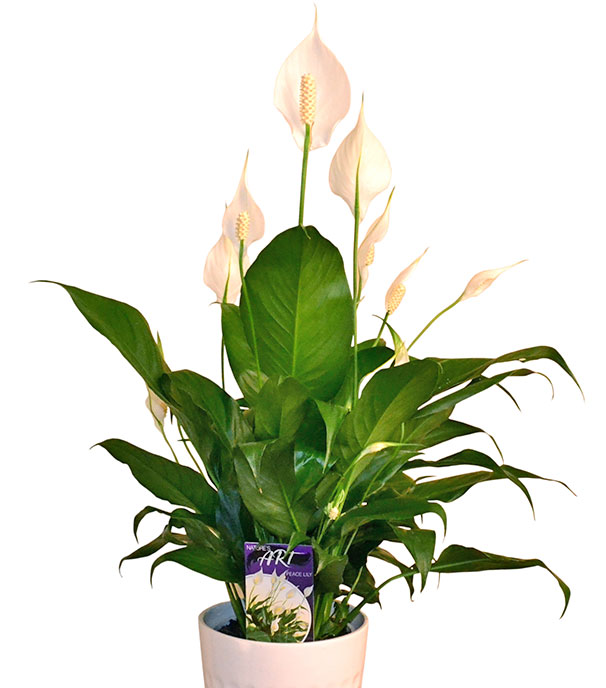
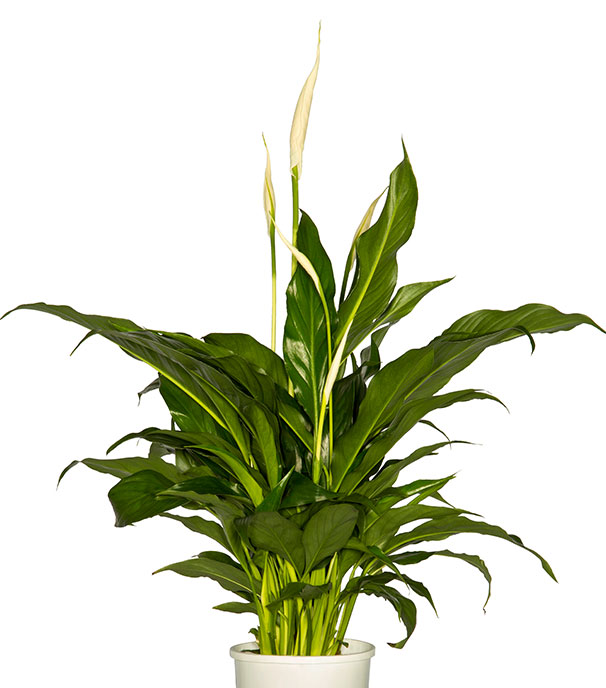
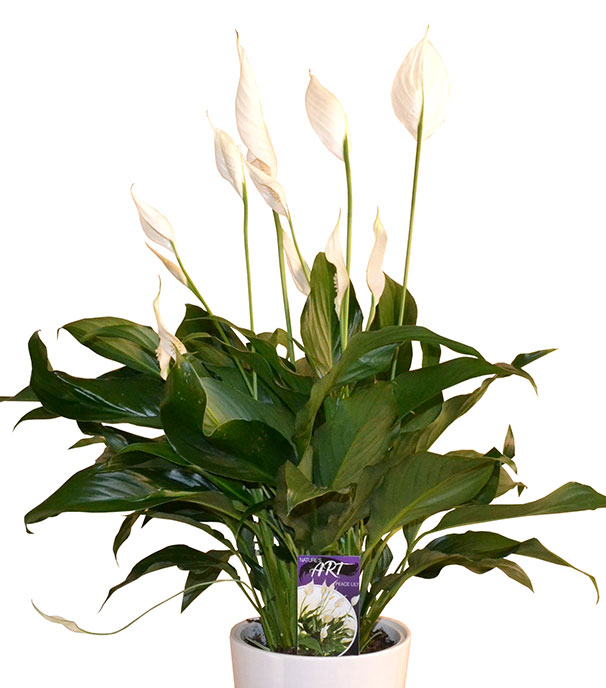
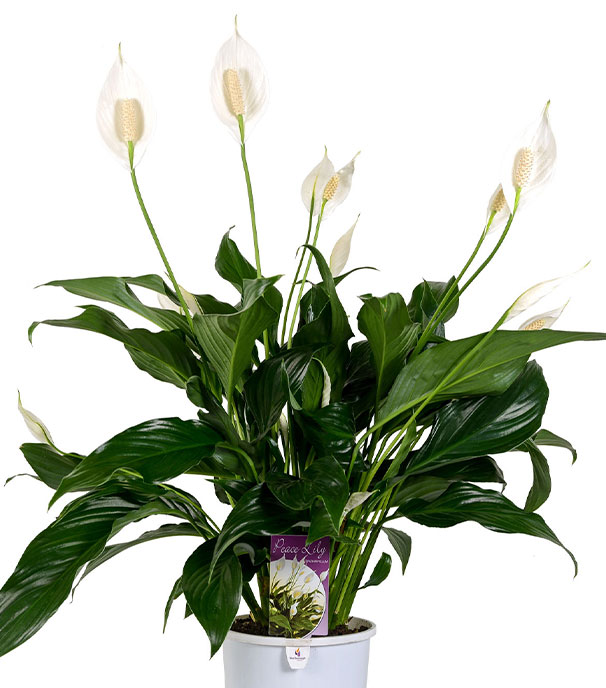
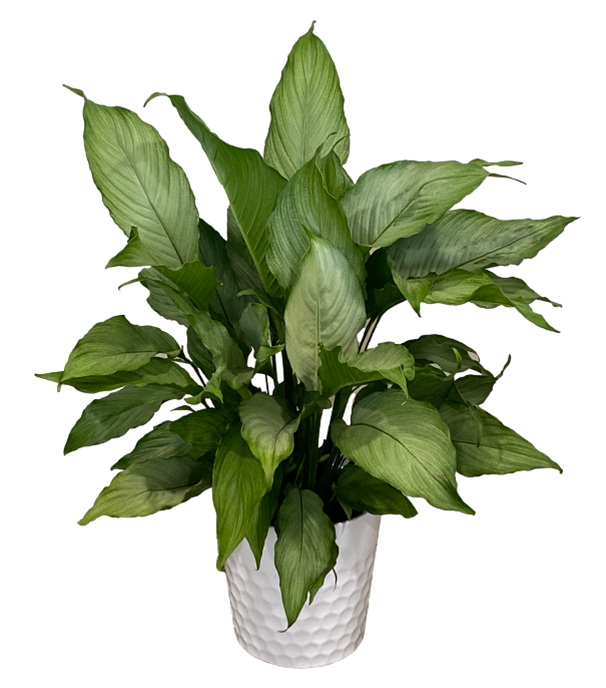
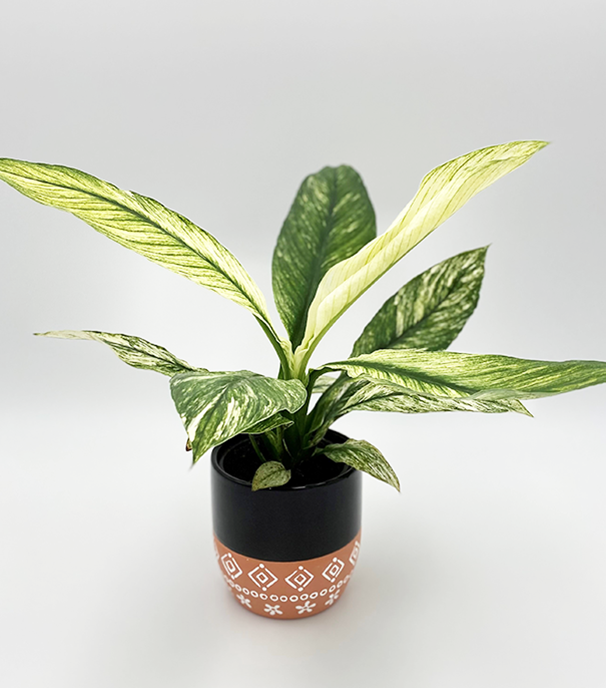
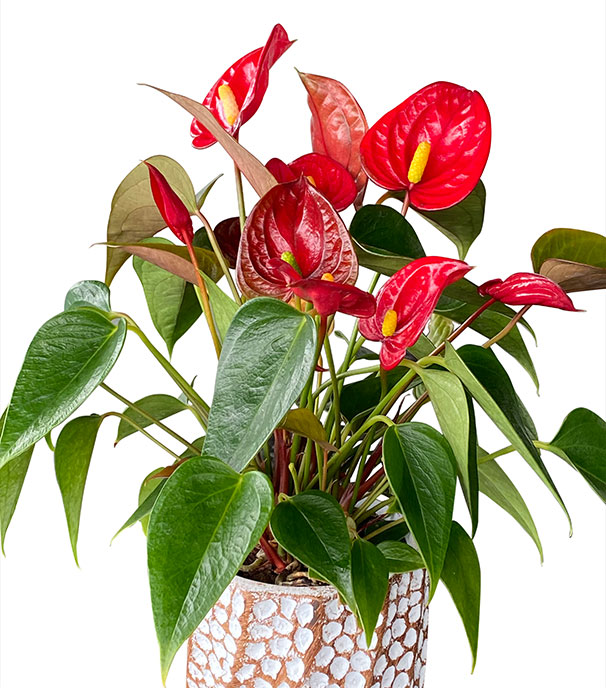
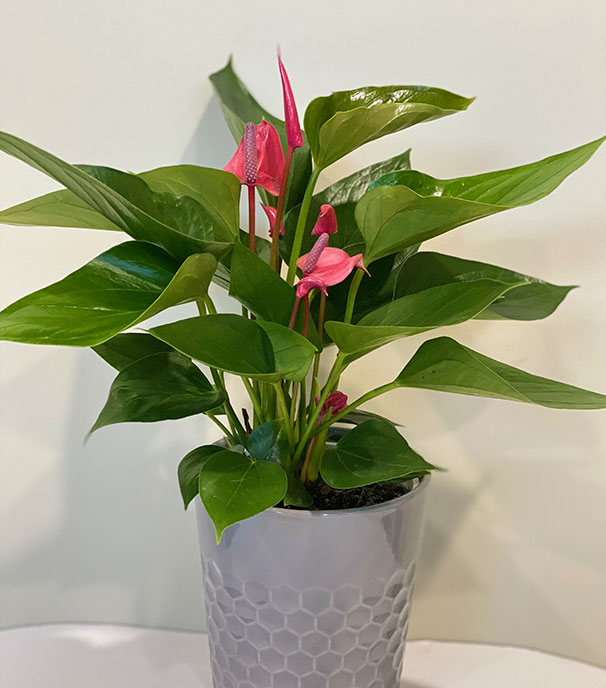
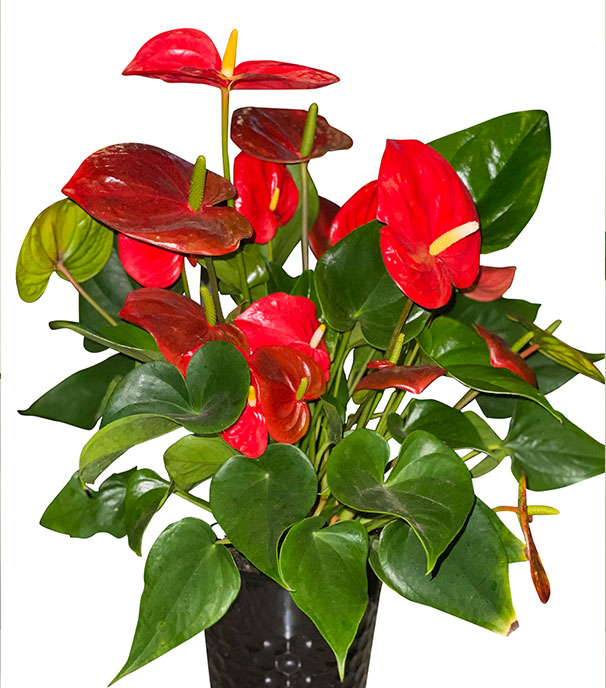
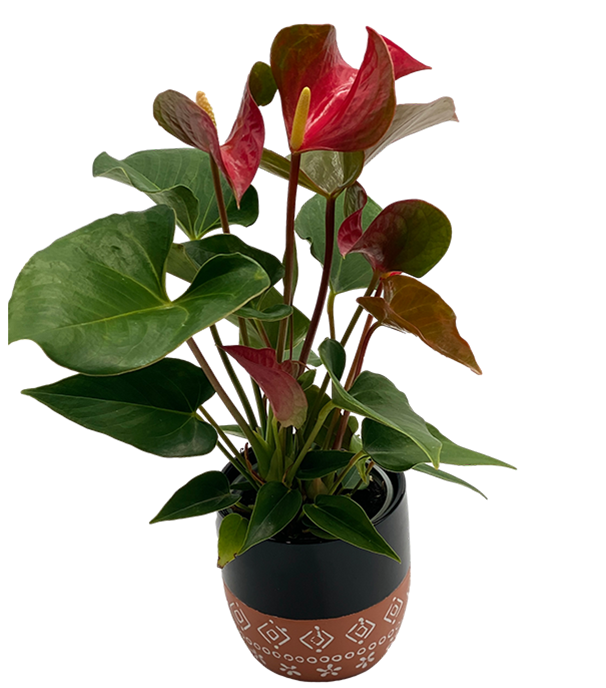
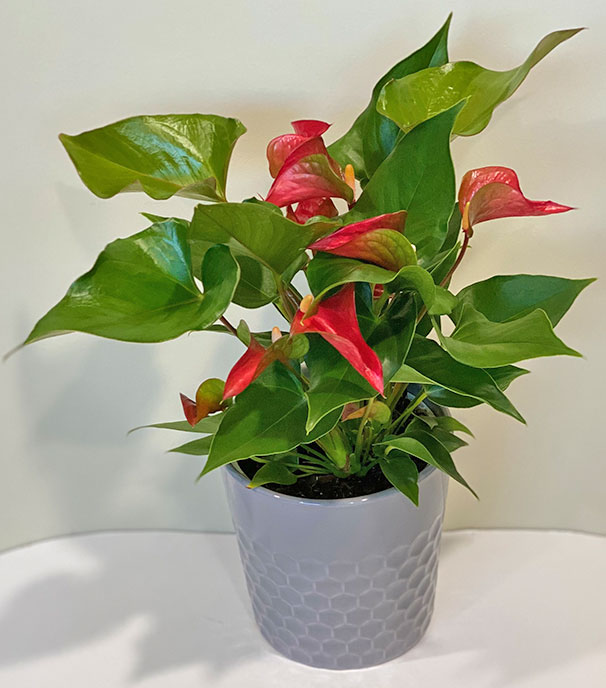
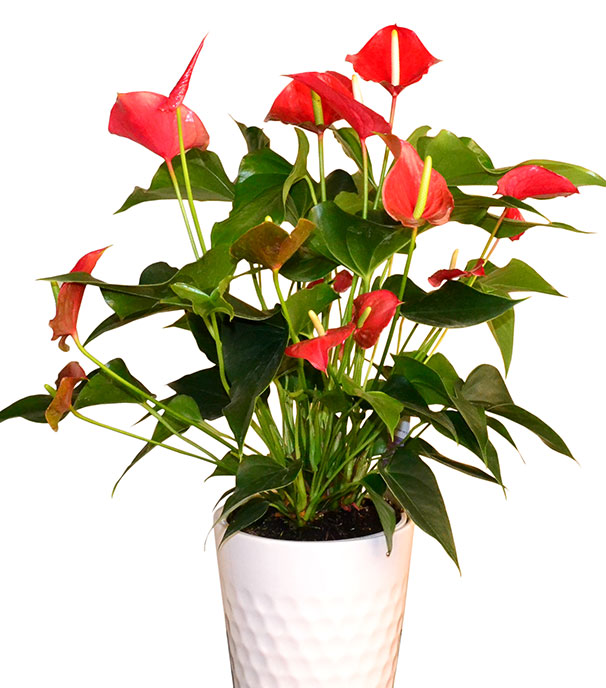
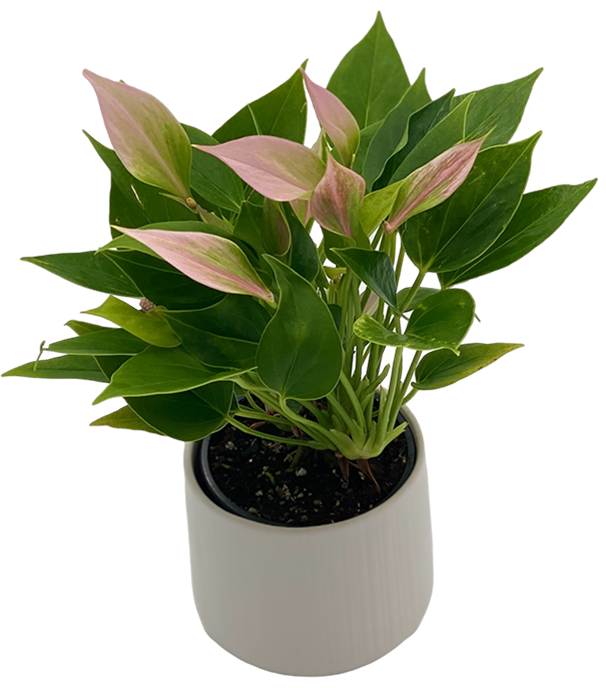
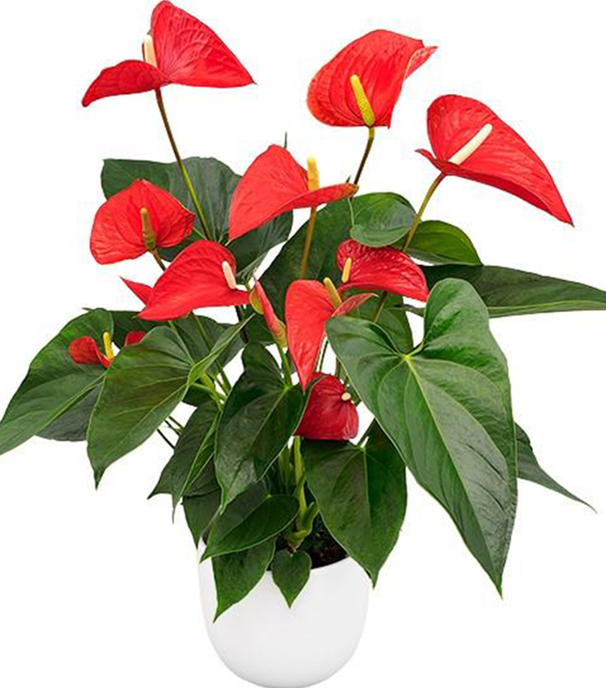
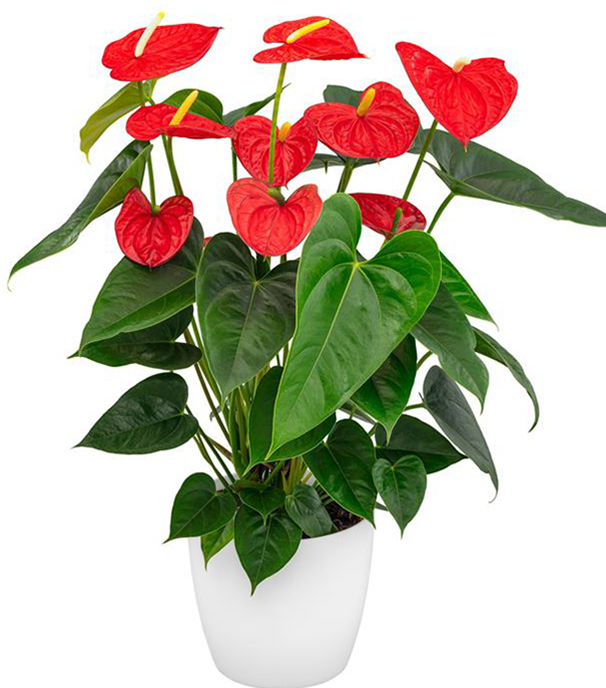

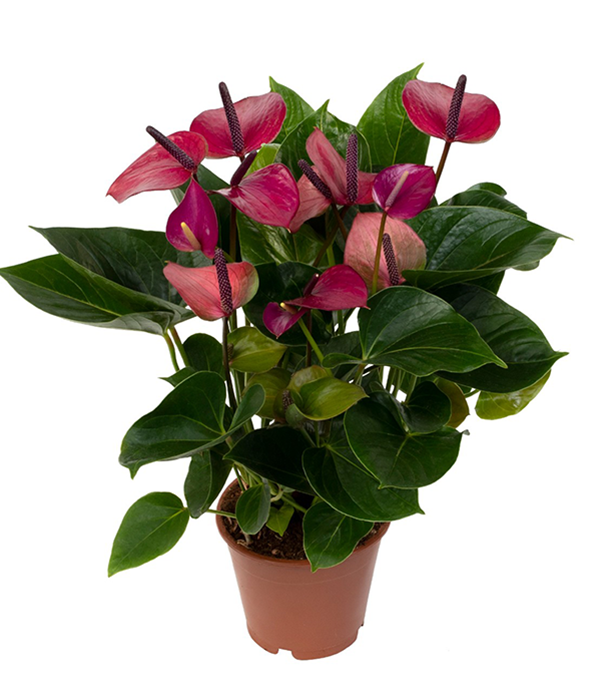
Marlborough Nursery specialise in a wide range of Indoor Foliage varieties:
Pepperomia prefer filtered light, keep away from direct sunlight. Pepperomia are a tropical plant and will tolerate temperatures down to 15 degrees Celsius. Water sparingly and avoid keeping the potting mix wet. Pepperomia prefer reasonable humidity. Feed with a balanced liquid fertiliser during the summer months and ensure a good quality peat based mix is used when repotting. Tolerant to most diseases but can be affected by aphids, scale and mites. Should you need to clean off the leaves, use a moist paper towel with nothing more than water.
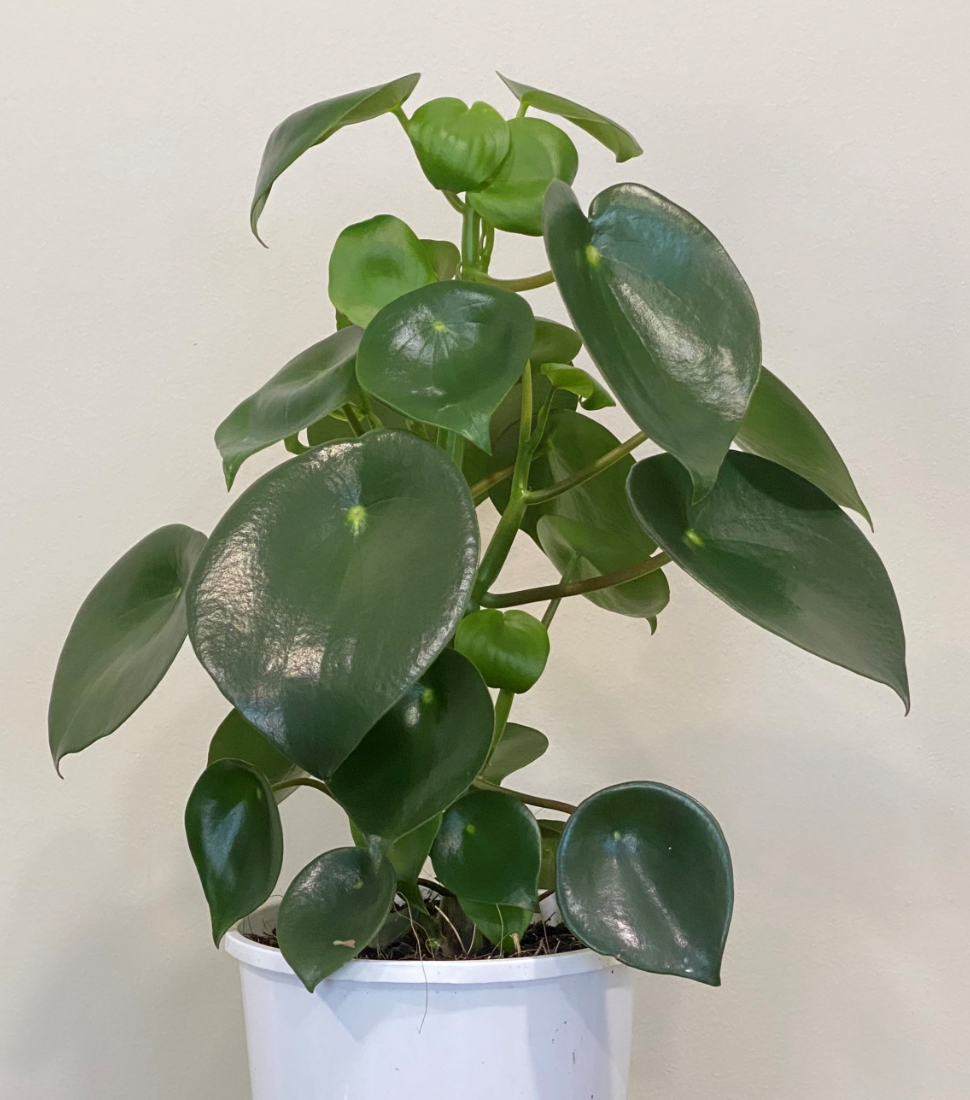
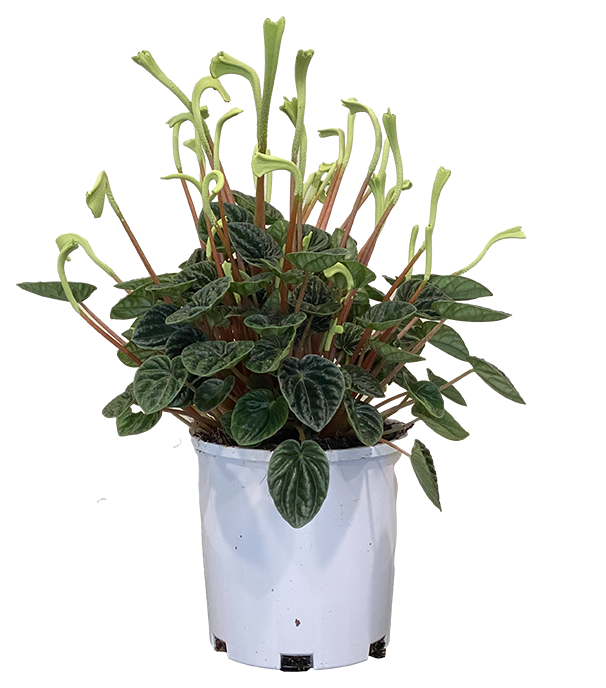
Marlborough Nursery specialise in a wide range of Indoor Foliage varieties:
Monstera is a genus of about 50 species of flowering plants in the family Araceae, native to tropical regions of the Americas.
Philodendron is a genus of about 500 species of flowering plants in the family Araceae.
Monstera & Philodendron need good light inside to flourish. Once inside the watering period must be reduced so the plants are kept on the dryer side. They can also be used in tropical and subtropical gardens in sheltered positions.
Did you know the US Environmental Agency currently ranks indoor air pollution as one of the top threats to public health? Indoor houseplants safely, naturally, and effectively clean the air you breathe through their natural cycle of air around them. To find out more visit www.O2ForYou.org
Monstera & Philodendron prefer bright light and will tolerate direct sunlight once acclimatised. Water sparingly and avoid keeping the potting mix wet but do not let dry out. Ficus prefer reasonable humidity. Feed with a balanced liquid fertiliser during the summer months and ensure a good quality peat-based mix is used when repotting. Tolerant to most diseases but can be affected by aphids, scale, and mites. Should you need to clean off the leaves, use a moist paper towel with nothing more than water.
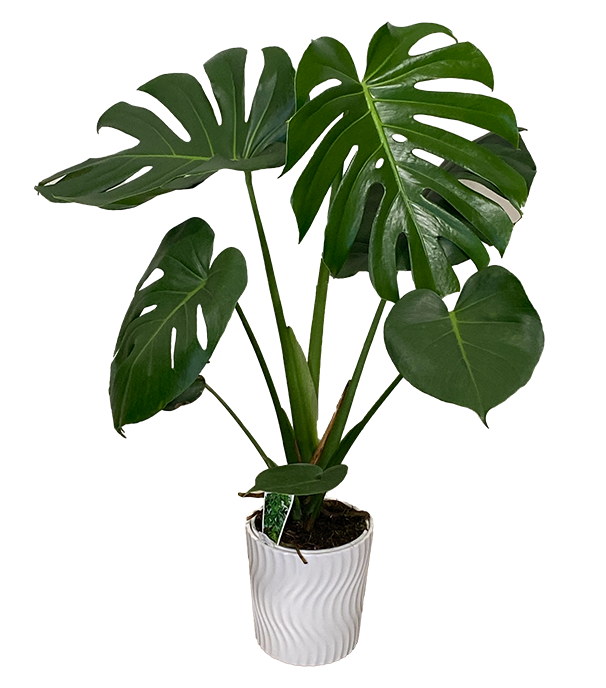
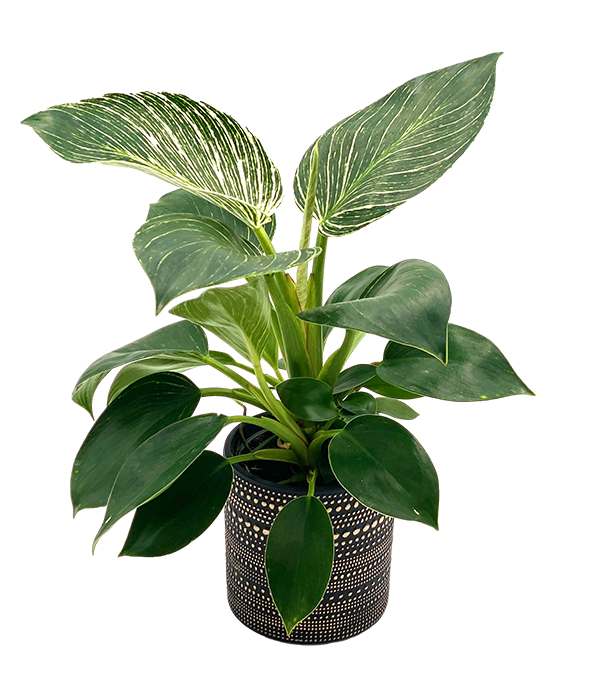
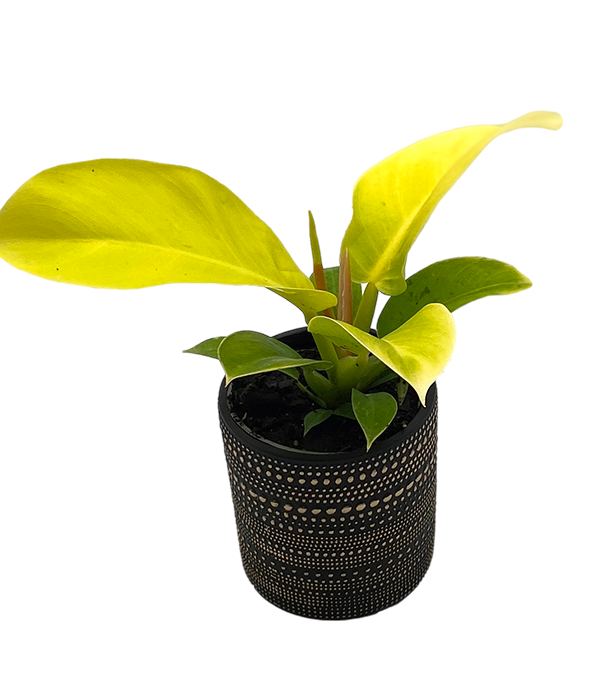
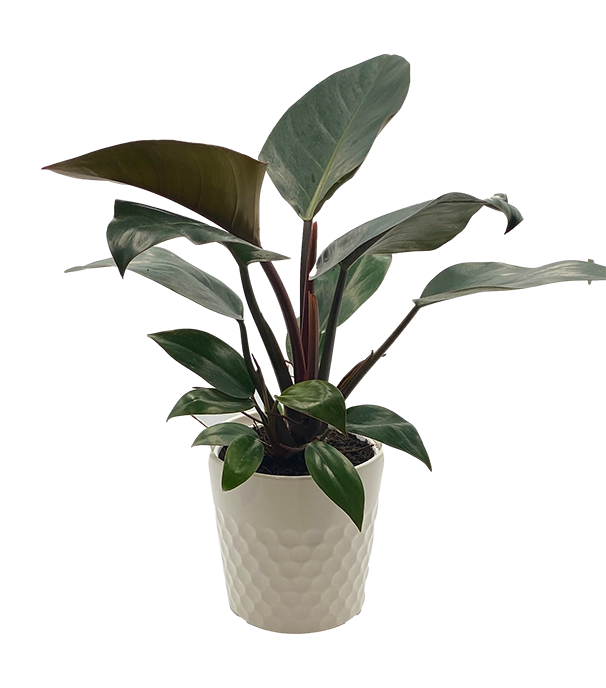
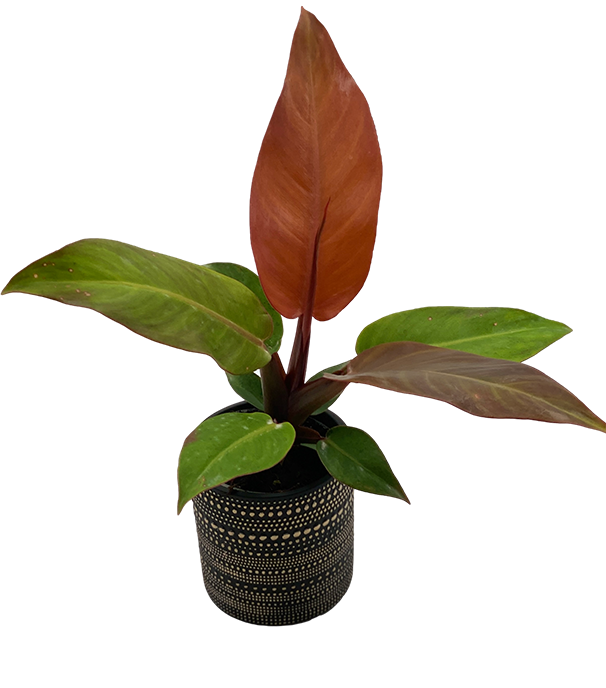
Marlborough Nursery specialise in a wide range of Indoor Foliage varieties:
Fittonia Albivenis is a species of flowering plant in the family Acanthaceae, native to the rainforests of Columbia, Peru, Bolivia, Ecuador and Brazil.
Commonly now as Nerve Plants, due to their prominent veins, Fittonia come in a wide variety of white, red, green, yellow and pink foliage with various contrasting coloured veins, some with flat leaves some with ruffled edges.
Fittonia are hardy but prefer good light in indoor situations where they create a dramatic foliage affect. A perfect plant for bathrooms and offices. They can also be used in tropical and subtropical gardens in sheltered positions. Fittonia are great for table tops inside or on the patio.
Did you know the US EnvironmentalAgency currently ranks indoor air pollution as one of the top threats to public health? Indoor houseplants safely, naturally and effectively clean the air you breathe through their natural cycle of air around them. To find out more visit www.O2ForYou.org
Fittonia prefer filtered light, keep away from direct sunlight. Fittonia are a tropical plant and will tolerate temperatures down to 10 degrees Celsius. Water regularly and avoid drying the plant out. Fittonia prefer reasonable humidity. Feed with a balanced liquid fertiliser during the summer months and ensure a good quality peat-based mix is used when repotting. Tolerant to most diseases but can be affected by aphids, scale and mites.
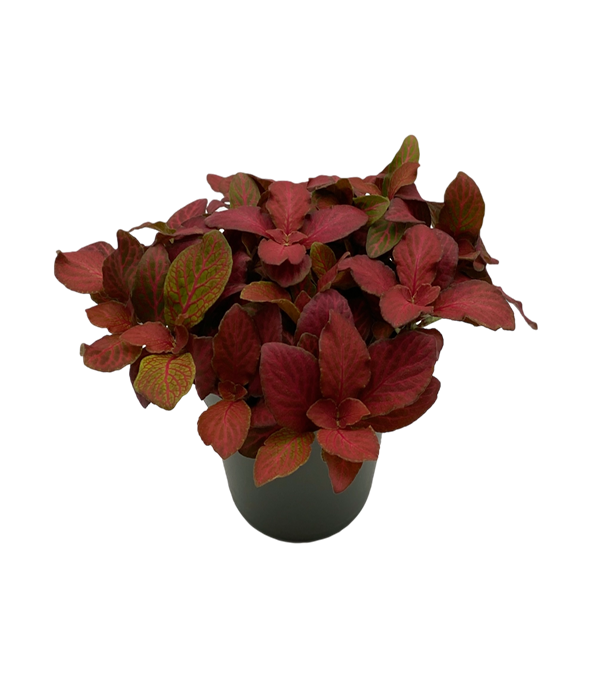
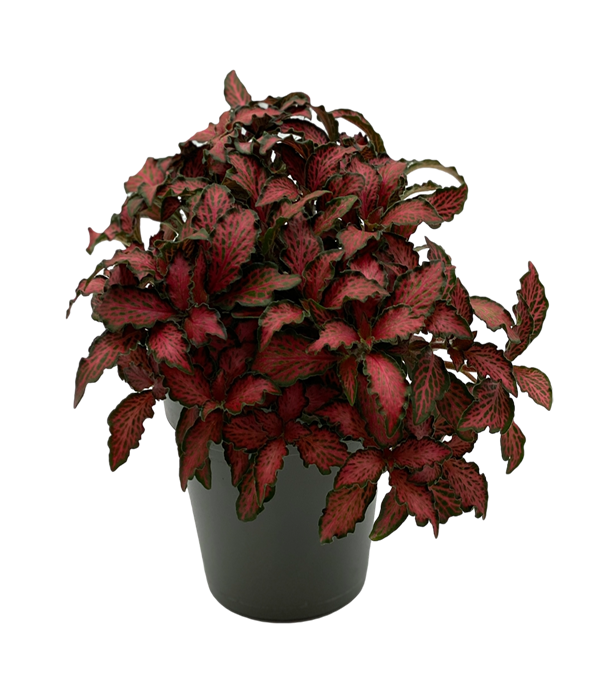
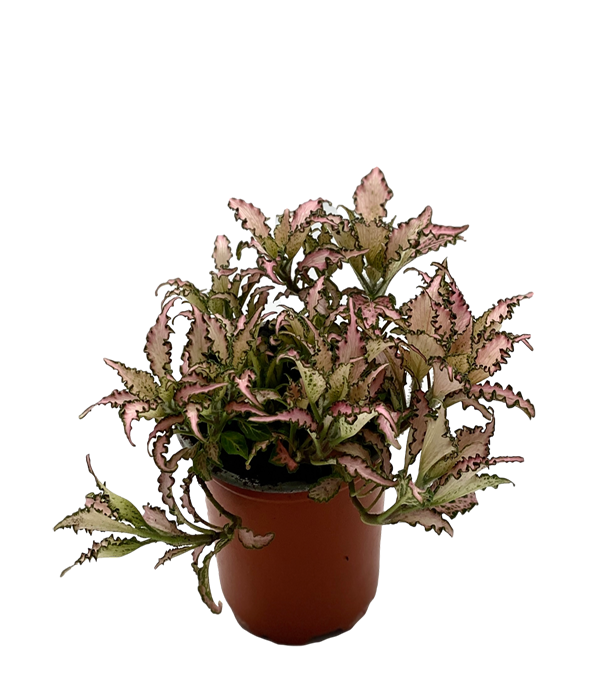
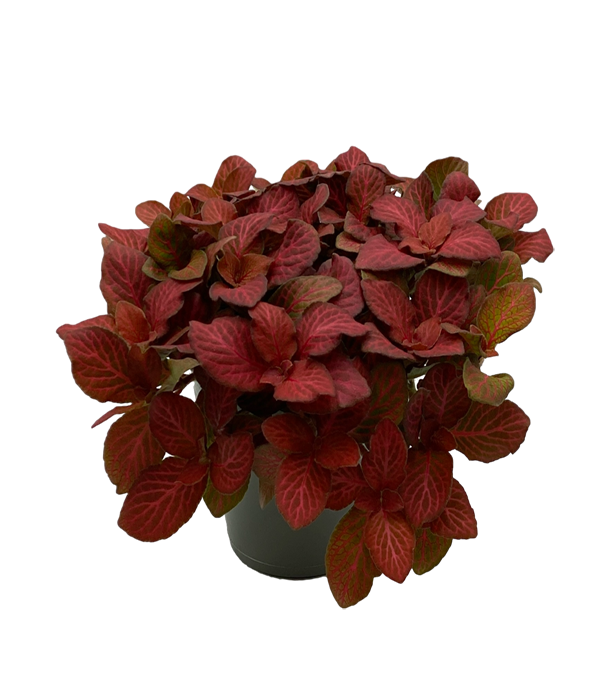
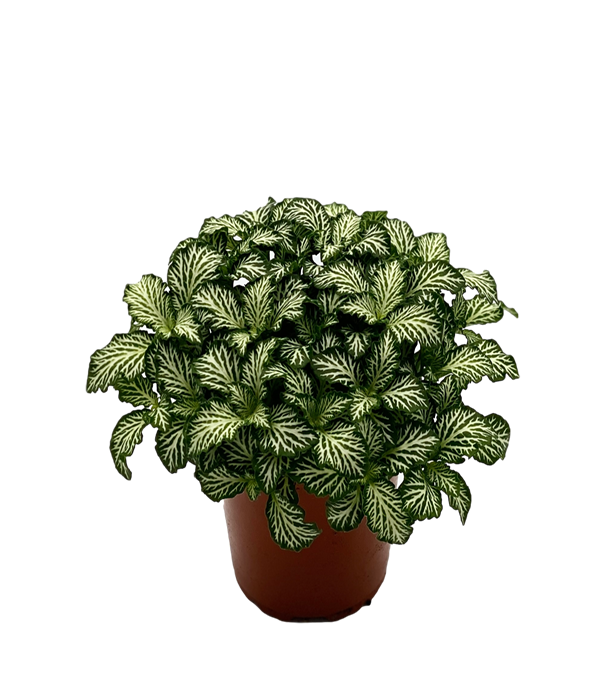
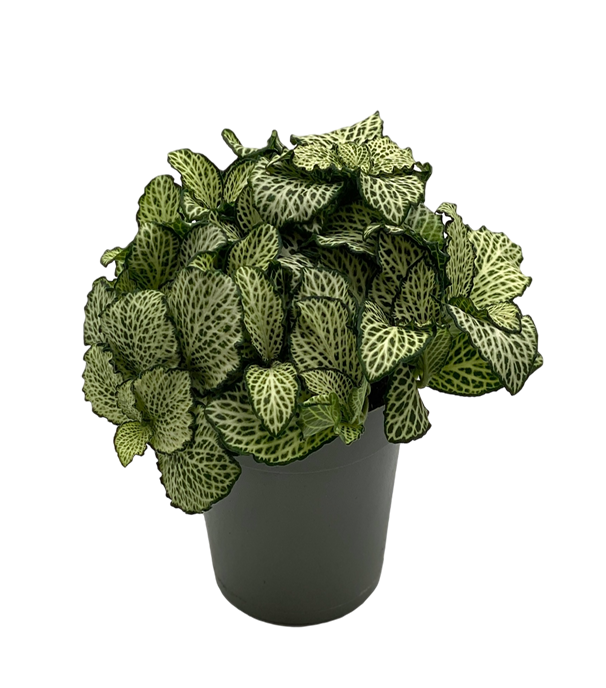
Marlborough Nursery specialise in a wide range of Indoor Foliage varieties:
Ficus is a genus of about 850 species of woody trees, shrubs, vines, epiphytes in the family Moraceae. Collectively known as fig trees or figs.
Ficus need good light inside to flourish. Once inside the watering period must be reduced so the plants are kept on the dryer side. They can also be used in tropical and subtropical gardens in sheltered positions.
If planted in the ground a lot if Ficus will grow into large trees with invasive root systems.
Did you know the US Environmental Agency currently ranks indoor air pollution as one of the top threats to public health? Indoor houseplants safely, naturally and effectively clean the air you breathe through their natural cycle of air around them.
Ficus prefer bright light, and will tolerate direct sunlight once acclimatised. Water sparingly and avoid keeping the potting mix wet but do not let dry out. Ficus prefer reasonable humidity. Feed with a balanced liquid fertiliser during the summer months and ensure a good quality peat based mix is used when repotting. Tolerant to most diseases but can be affected by aphids, scale and mites. Should you need to clean off the leaves, use a moist paper towel with nothing more than water.

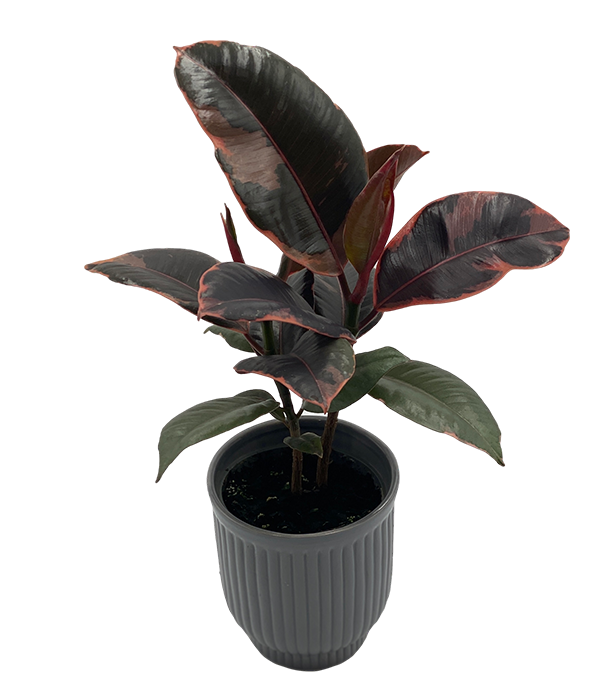
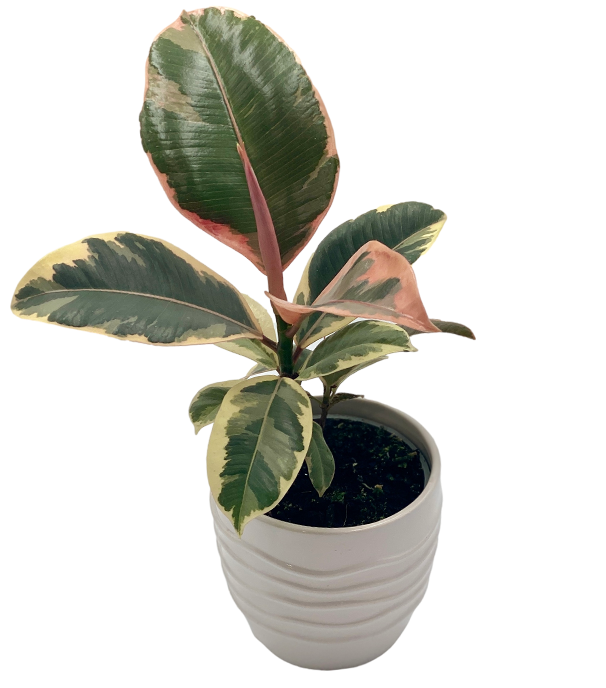
Marlborough Nursery specialise in a wide range of Indoor Foliage varieties:
Epipremnum is a genus of perennial flowering plants from the family Araceae. The plants are grown for their stunning range of foliage colour. They are woody vines growing to heights of 40 plus meters in trees. They have leaves that change shape according to their stage of growth, and adult leaf forms are often much more lobed than the juvenile forms usually seen on small house plants.
Scindapsus is a genus of perennial flowering plants from the family Araceae. The plants are grown for their stunning range of foliage colour. It is native to Southeast Asia, New Guinea & Queensland.
Syngonium is a genus of perennial flowering plants from the family Araceae. The flowers are inconspicuous, but the plants are grown for their stunning range of foliage colour. They are woody vines growing to heights of 10 plus meters in trees. They have leaves that change shape according to their stage of growth, and adult leaf forms are often much more lobed than the juvenile forms usually seen on small house plants
All 3 varieties need good light inside to flourish. Once inside the watering period must be reduced so the plants are kept on the dryer side. They will all grow as a totem plant.They can also be used in tropical and subtropical gardens in sheltered positions.
Did you know the US Environmental Agency currently ranks indoor air pollution as one of the top threats to public health? Indoor houseplants safely, naturally, and effectively clean the air you breathe through their natural cycle of air around them.
All 3 varieties prefer bright light and most will tolerate direct sunlight once acclimatised. Water sparingly and avoid keeping the potting mix wet but do not let dry out. Ficus prefer reasonable humidity. Feed with a balanced liquid fertiliser during the summer months and ensure a good quality peat-based mix is used when repotting. Tolerant to most diseases but can be affected by aphids, scale, and mites. Should you need to clean off the leaves, use a moist paper towel with nothing more than water.
